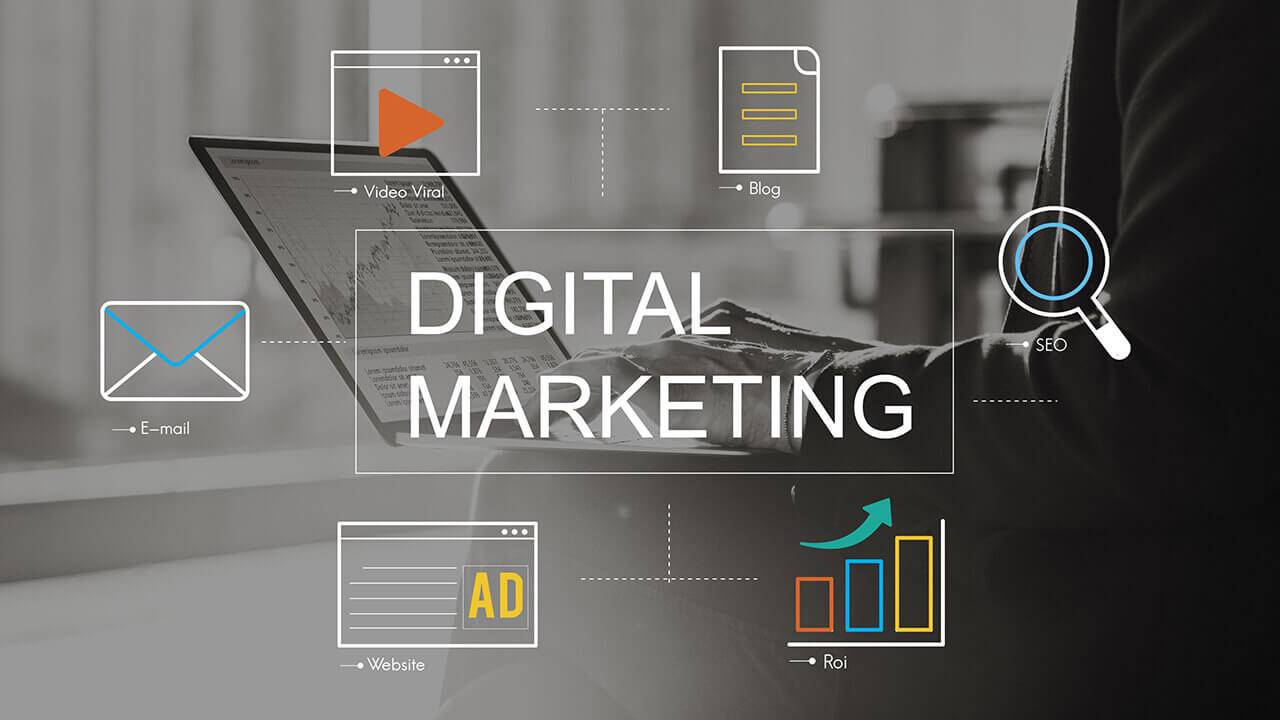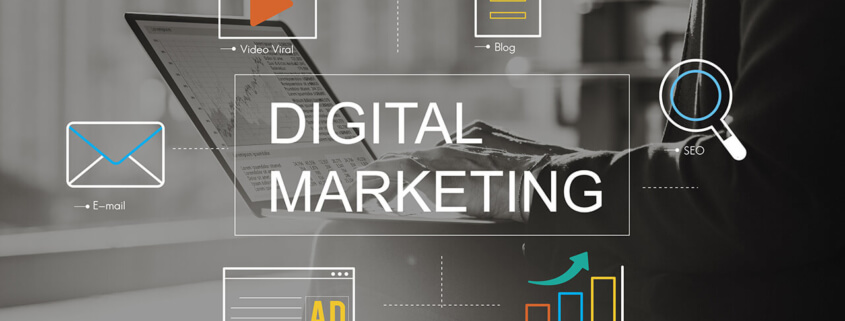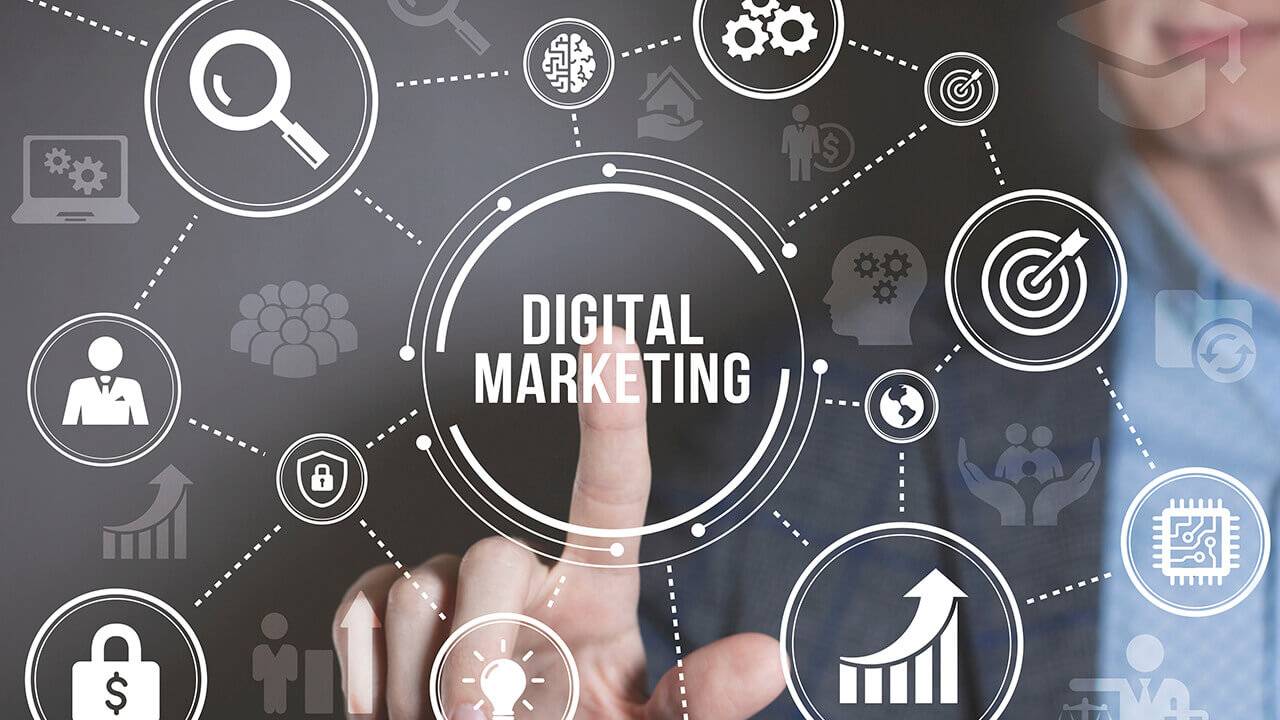A Beginner’s Guide to Digital Marketing and The Life-Cycle of Your Campaign

If you’re looking to grow your business online, you’ll need to understand the basics of digital marketing. This term refers to all the different tactics and strategies that you can use to reach potential customers through the internet. There are a variety of methods under the digital marketing umbrella that can help you generate more leads and convert more sales. Here’s what you need to know to get started with digital marketing.
What is Digital Marketing?
Digital marketing is the process of using online channels to reach and engage with potential customers. It includes all the activities that you can do online to promote your business, from developing a website and creating content to running ads and measuring results.
There are several different types of digital marketing, each with its own goals and strategies.
What is a Content Marketing Strategy?
A content marketing strategy is a plan for creating and sharing content that will attract and engage your target audience. The goal of content marketing is to establish yourself as a thought leader in your industry while also driving traffic to your website and generating leads. In content marketing, you’ll use a strategy that combines media formats such as written text, images, infographics, videos, podcasts, and more. Then, you’ll promote that content by way of search engines and social media marketing.
What is a Keyword Strategy?
No matter which type of digital marketing you want to engage in, it’s important to know what a keyword strategy is and how to develop one. You’ll use keywords and keyword phrases for everything online.
A keyword strategy is the process of researching, analyzing, and selecting high-volume keywords that are relevant to your business.
A keyword is a word or phrase that potential customers search for when they’re looking for solutions online. For example, if you sell dental products, people might type “dental floss” into Google in their search for the best product to buy.
Your keyword strategy should start with identifying which terms potential customers will use to find your business online. Then, you tailor your content, ads, and posts around those keywords.
What is Organic Content Marketing?
Organic content marketing is a type of digital marketing that doesn’t use ads or paid search results. Instead, it relies on creating and promoting content that’s interesting and useful to potential customers.
The goal of organic content marketing is to generate traffic from people who are already interested in your business and its products or services. This type of marketing can be effective because it targets people who are already familiar with your brand and what you offer.
Creating quality content is essential for organic content marketing. You’ll need to produce articles, blog posts, videos, infographics, and other campaigns that are relevant to your target audience and helpful to them.
Organic content marketing can be a great way to attract more leads and convert more sales, but it takes time and effort to produce quality content that will resonate with your audience. Expect at least a year before you see results.
What is PPC Advertising?
PPC stands for pay-per-click advertising, and is the process of running ads on search engines like Google and Bing and on social media. When someone searches for a keyword that you’re targeting, your ad may show up alongside the organic search results. If that person clicks on your ad or link, you pay a fee. The downside is that you pay that fee even if the user clicked your link by mistake.
The goal of PPC advertising is to get people to click on your ad and visit your website. You’ll need to create an ad campaign that’s relevant to your business and target audience, then bid on keywords related to those terms. The higher your bid, the more likely your ad will show up in the search results.
PPC advertising can be a great way to get more leads and sales, but it’s important to keep your budget in mind. You’ll need to set a limit on how much you’re willing to spend each month and make sure your ads are profitable. Keep an eye on the cost of customer acquisition.
What is SEM?
SEM stands for search engine marketing, which is the process of using paid search engine results to drive traffic to your website.
When someone types in a keyword that you’re targeting, you can bid on that keyword and have your ad show up at the top of the search results.
The goal of SEM is to get as many people as possible to visit your website by bidding on keywords that are relevant to your business.
The downside of SEM is that your ad is flagged as being promoted, so viewers know it’s not organic and may scroll to find other results. You’ll also need to set a budget for your campaigns and make sure you’re profitable.
What is SMM?
SMM stands for social media marketing, which is the process of using PPC on social media channels like Facebook, Twitter, Instagram, Pinterest, TikTok, and LinkedIn to promote your business, and also the act of frequently engaging with your audience, which you can’t do with SEM.
The goal of SMM is to create relationships with potential customers by providing valuable content and engaging with them on a personal level. When someone follows your company on social media, they’re more likely to be interested in what you have to offer.
User engagement is one of the biggest perks to social media marketing – it’s where users can interact with your business, ask questions, leave ratings, post reviews, and more.
SMM can be a great way to grow your business, but it takes time, effort, and resources. It’s important to have someone on staff who is dedicated to posting regularly on social media channels and engaging with users. If you don’t have a social media manager at your company yet, consider hiring one or outsourcing this task.
How to Piece it All Together
Now that you know a little bit about each type of digital marketing, it’s time to put it all together and create a plan.
First, you’ll need to come up with some goals for your business. What do you want to achieve through digital marketing? More leads? Higher conversion rates? More sales? Once you have some goals in mind, you can start developing strategies to reach them.
Next, you’ll need to figure out which channels will work best for your business. Do you want to focus on organic content marketing, or are paid ads more your style? Will social media be the main focus of your campaigns, or do you want to try search engine marketing (SEM)?
Once you’ve figured out which channels will work best for your business, you’ll need to create a calculated plan of action.
Digital marketing can be a great way to grow your business, but it’s important to understand the different types of marketing and how they work. Organic content marketing is the process of creating valuable content and distributing it online to attract customers.
PPC advertising involves bidding on keywords that are relevant to your business and then paying a fee every time someone clicks on your ad. SEM stands for search engine marketing. Social media marketing (SMM) involves using social media channels like Facebook, Twitter, LinkedIn, Instagram, Pinterest, and TikTok to promote your business with paid ads and engagement.
Now that you know a little bit about each type of digital marketing, it’s time to put it all together and create a plan to grow your business online.
Digital marketing, often called online marketing, is the art and science of using information technology to create and promote value for the buyer, seller and marketer. The digital marketing space is vast and ever-changing. In order to stay relevant and competitive, marketers need to be aware of the different stages that every digital marketing campaign goes through. This awareness allows them to plan ahead and prepare for certain events before they become an issue.
More importantly, it helps them identify weak points in their plans so that they can improve on the areas where necessary changes are needed. In addition, knowing when a campaign has reached its end is invaluable because it will allow marketers to start another one. Hiring the right company to plan, implement and execute your digital marketing strategy is extremely important. A successful campaign means more traffic, more sales, and increased brand awareness.
If you’re starting a digital marketing campaign, you should know what to expect, when to expect it, and how to confront problems that arise during each stage of a digital marketing campaign.
Digital Marketing: A Life-Cycle of Your Campaign
The First Stage: Launch and Gather Momentum
Preliminary research has found no evidence to prove that one specific way exists for how to launch an online campaign successfully every time. There are, however, certain tactics that have been shown to bring about success more often than not. One important tactic is to be clear about your goals from the very beginning. Once you have established your objectives clearly, this will give you direction and a benchmark for success.
Start your digital marketing campaign by launching a website with engaging content. It should give the visitor a reason to return but also show them how to engage or interact. Sometimes, this could be as simple as having an “about us” page or an FAQs page for visitors who want immediate answers rather than waiting until you reply to their questions.
In order to gather momentum, make sure your website is well-maintained and updated.
The Second Stage: Plateau
At the second stage of the digital marketing life cycle, your campaign may experience a decline in popularity and traffic. It’s vital to monitor the progress of your campaign at this stage and make sure that you haven’t neglected it or forgotten about it. No matter how much time passes without returning visitors or buyers, keep updating what needs to be updated.
Be mindful of where your target audience gathers online so you can engage them through social media. You should also consider paid advertising on social media sites to attract more people who might be interested in your products or services.
The Third Stage: Decline and Fall
If you have reached the third stage of your digital marketing campaign, it is likely that you have experienced a decline in your number of visitors and buyers. In order to make sure you do not lose any ground during this stage, focus on SEO and social media. Search Engine Optimization involves making changes to web pages as well as tracking keywords to see which ones result in more searches.
The Fourth Stage: The Fall
At this point, you are likely already aware that your campaign is declining in popularity. If you do not take action, chances are that within a couple of months you will see an even faster decline in visitors and buyers.
It might be too late to salvage an online campaign that has fallen into obscurity. At this point, your best bet would be to invest heavily in social media, SEO or PPC (Pay-Per-Click).
The Fifth Stage: End of Campaign
If you’re wondering what to do after a campaign has reached its end, the answer is simple – start another one. In fact, it’s best to think of digital marketing as an ongoing process rather than a set-it-and-forget-it kind of system. To stay competitive in your industry, make sure that everything you’re doing online is up to date and relevant.
Once you’ve established a successful campaign, there will always be room for improvement.

The Takeaway on Digital Marketing
Success in digital marketing is not only possible, it is happening every day. It is all about building an effective strategy and then using that strategy to stay on top of your game. Figure out what your consumers want and keep delivering it. If it is authentic interaction, offer it. Get rid of the chatbots and put live people behind the screens. If it is authority and quality content, deliver it. Put the sales gimmicks away and focus on providing real value to real people in the fastest, most technology-enabled way possible.











